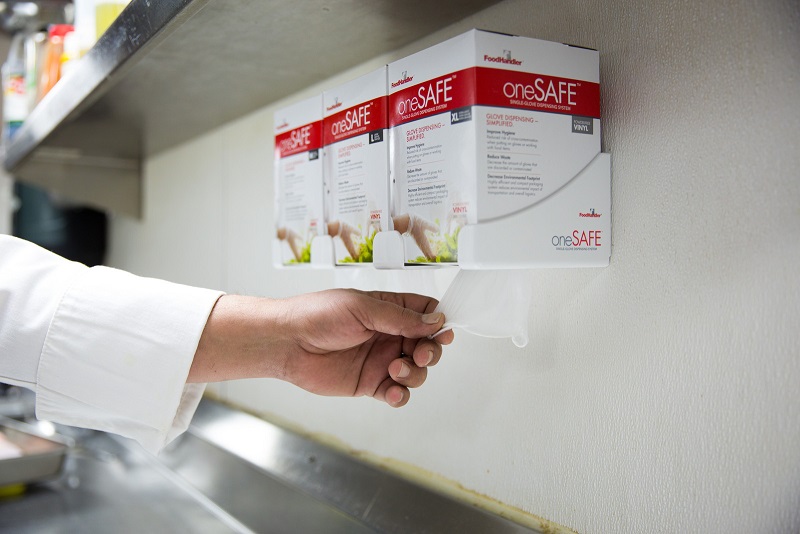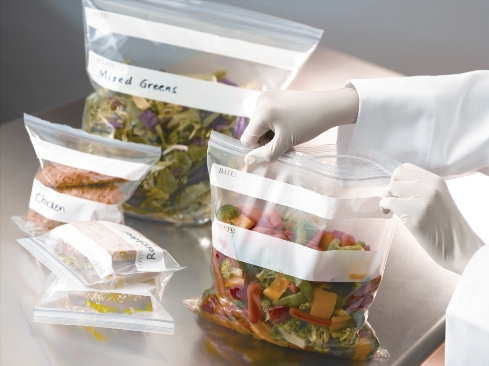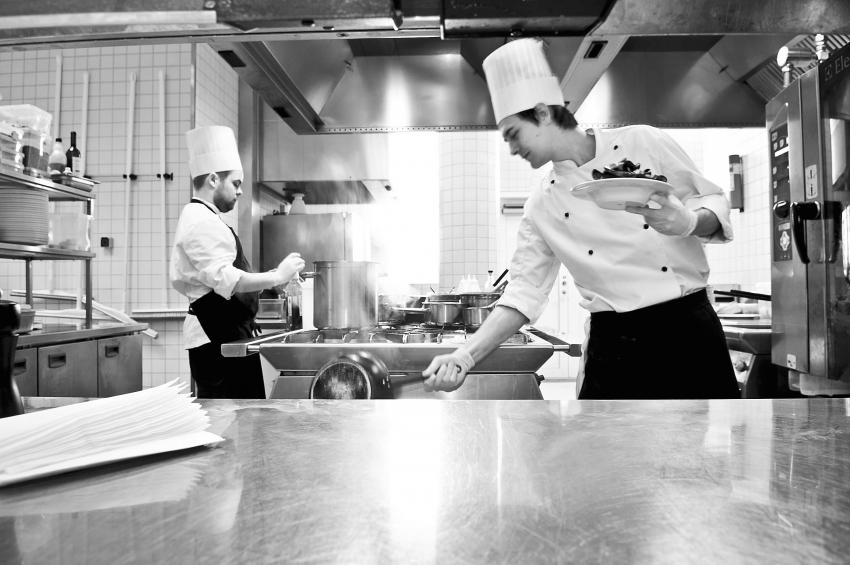From Farm to Fork: Knowing the Importance of Food Origins
In the foodservice industry, maintaining high standards for the food that comes into your back door is important – both from a food quality and a food safety perspective. One often overlooked aspect of achieving these standards is knowing the source of your food. Understanding where your ingredients come from can significantly impact your operation, food safety, customer satisfaction, and overall business success.
Many operators, including myself, ordered most of our items from a national broadline distributor. While mistsakes can happen in any business, these businesses generally do an excellent job of ensuring the food that they source to sell to you comes from reputable and established producers and growers. But, as we enter the summer months and fresh produce is readily available from local purveyors, food safety is an important aspect to keep in mind.
One misconception we often hear in programs such as farm to school or other farm to business programs is the thought that if a product is local, it must be safe. While this may be the case, it is not always true. The National Outbreak Reporting System data showed that from 2009 through 2021, there were over 2,000 outbreaks related to fresh produce, causing over 48,000 illnesses and 65 deaths. Granted, this data doesn’t show the source of the product in terms of a local supplier vs. a broadline distributor. But, when you get the product locally, you need to make sure the grower applies the same safeguards to the growing of that product than those who supply your local broadline distributor would.
While the farmer down the street may have a great product, ask the right questions, and ensure she or he follows the same practices that you might expect in your own kitchen.
A good starting point in discussing safety and quality with any local grower is to ask about what Good Agricultural Practices (GAP) training or certification they have received. While having certification is not a requirement, it can tell you a bit about their background related to these practices.
If possible, visit the farm and observe their practices. Or sit down with the grower and ask about things such as pesticide and chemical use, irrigation, and transport.
Many farmers use pesticides or other chemicals on their crops. If not applied correctly or if the produce is not properly washed before consumption, residues of these chemicals can remain on the fruits and vegetables, posing health risks.
If irrigation is used, ask the grower what the source of the water is and if testing is done on the water. In recent years, produce has been contaminated by pathogens like E. coli or Salmonella from soil, water sources, or handling practices. Improper irrigation, animal waste runoff, or poor hygiene during harvesting and processing can contribute to contamination.
Even if the produce is safe when harvested, mishandling during transport or improper storage conditions can lead to cross-contamination. For example, if fruits and vegetables come into contact with unclean surfaces or are stored at incorrect temperatures, they can become contaminated. How does the grower transport the product from the farm to your place of business? If she or he uses a truck (for example), what else is the truck used for? For example, was a dog or potentially livestock in the back of the truck the day before?
Small-scale local farmers may have limited resources or access to training on food safety practices. Without proper knowledge or infrastructure, they may inadvertently compromise the safety of their produce.
My colleagues at Iowa State University have a great resource available for the purchasing of local produce – and the best part, the price is right – free! Check out their Checklist for Retail Purchasing of Local Fresh Produce for an excellent resource that will help you ensure the safety of local produce as it comes into your operation. While the farmer down the street may have a great product, ask the right questions, and ensure she or he follows the same practices that you might expect in your own kitchen. Risk Nothing.
READ MORE POSTS
The Worst Customer Complaint: Foodborne Illness
Food service managers and crew try to follow the rules of food protection. Yet, occasionally a complaint may arise and these calls take priority over all other daily crises. If you have been in the food service industry long enough, you may have gotten one of these. A customer may claim, "I think your food made me ill." These words inflict instant anxiety. If it happens, here are some next steps to think about in advance of such a claim:
How Effective is Your Food Safety Training?
Basic food safety in a restaurant kitchen is not rocket science, but critically important for the crew to take the time to learn about it and for managers to set the example each day. Customers never expect or want to see a manager, chef, or a crew member make a very visible food safety mistake, like not washing hands before food prep and gloving, or touching their face or hair while prepping or handling food. Have we all seen it happen in our restaurant or as a customer elsewhere? Certainly. Are you using some creativity in your current training methods to help your staff “get it” so to speak, and reflect positive behaviors regarding food safety?
Why Does Food Spoil?
Food gradually deteriorates because of a natural process of aging, just like humans. However with all foods, there are a few things we can do that have a positive effect on the shelf life and safety of our foods at the restaurant. Some preservation is done at the food manufacturing plant, some naturally, but a better understanding of the processes may help you extend that shelf life. Preservation methods and storage conditions must be designed to reduce the rate of decomposition and protect the safety, appearance and taste of our food.










